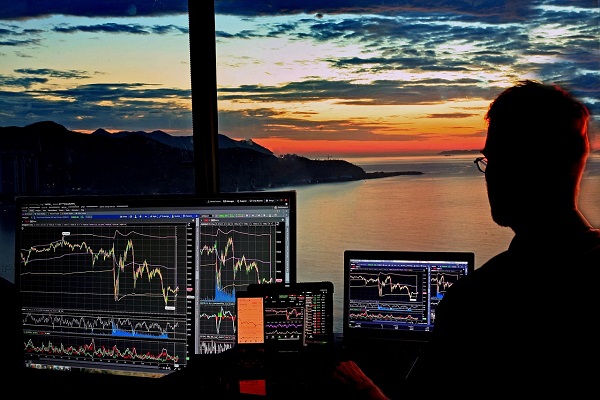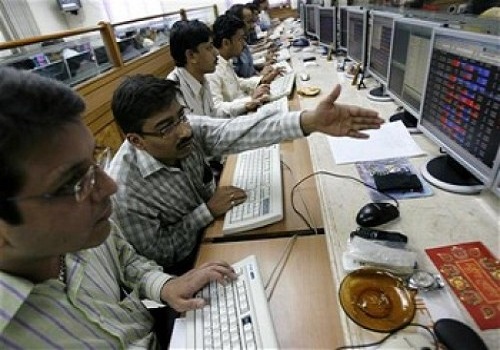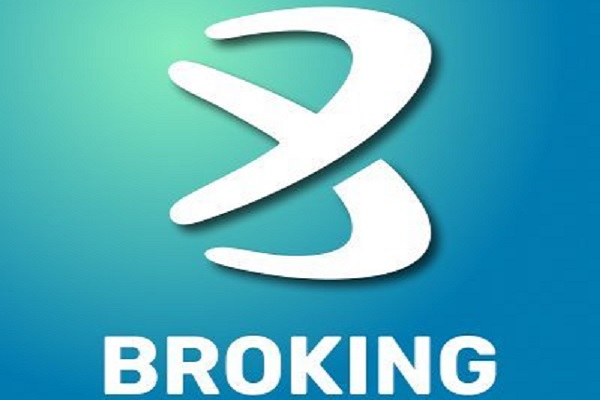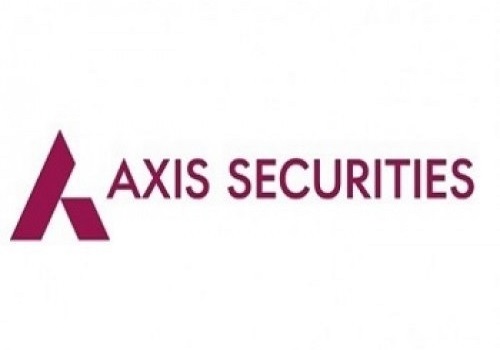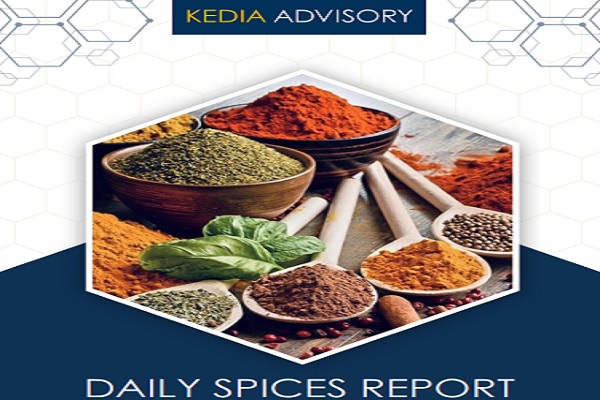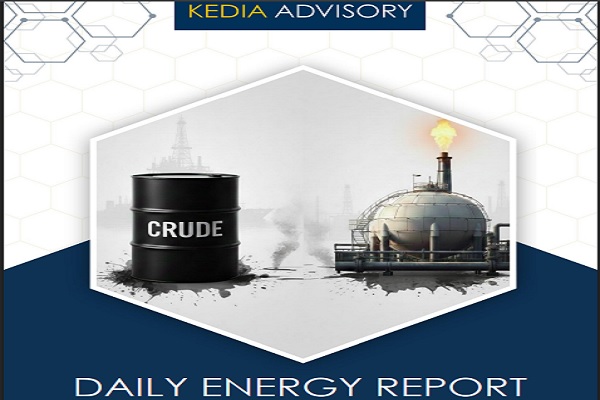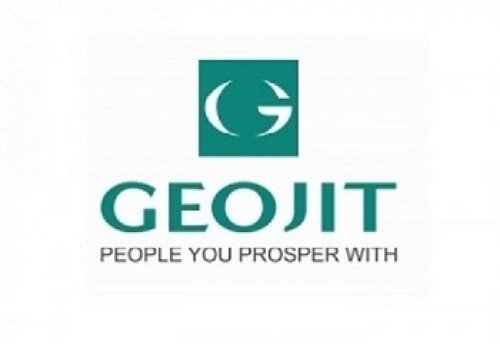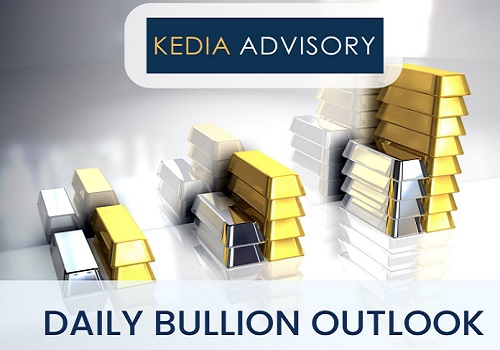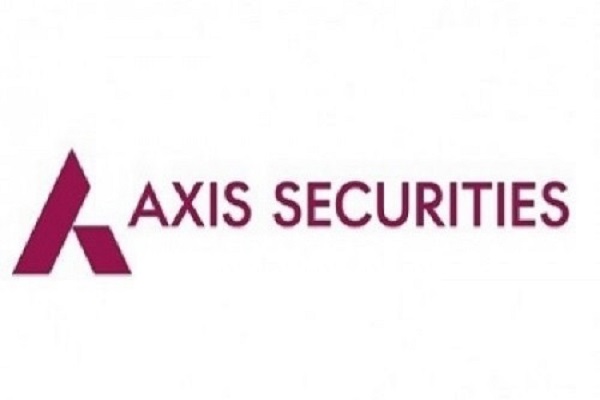Crudeoil trading range for the day is 5721-5997 - Kedia Advisory
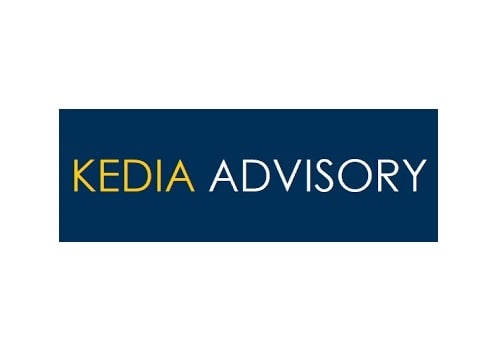
Gold
Gold slipped by 0.82% to settle at 96,472 as investors digested the impact of renewed US trade tensions and shifting interest rate expectations. President Trump’s threat of higher tariffs on imports from key partners like Japan and South Korea initially spooked markets, but sentiment steadied somewhat after he delayed implementation until August 1, giving room for negotiations. A stronger-than-expected US jobs report also weighed on gold, as it reduced the likelihood of an imminent Federal Reserve rate cut, dampening the appeal of non-yielding bullion. Traders now await the June FOMC meeting minutes for clearer cues on the Fed’s policy path. On the supply side, China’s gold reserves edged up slightly to 73.90 million ounces in June, while global central banks added a net 20 tonnes in May. Notably, Kazakhstan led purchases, followed by Turkey and Poland, while Singapore sold 5 tonnes. The Central Bank Gold Reserves Survey 2025 revealed that 43% of central bankers plan to increase reserves in the next year, underlining gold’s role as a crisis hedge. Physical demand in Asia remained muted amid elevated prices. Discounts in India narrowed to $14 an ounce due to subdued imports, down from $18 last week, while premiums in China widened to $4.2–$33 an ounce, signaling firm local demand. Technically, gold is under long liquidation as open interest fell by 1.47% to 12,293 lots, with prices down 798. Immediate support is at 95,905, below which prices may test 95,340. Resistance is pegged at 97,140, with a break above likely to push prices towards 97,810.
Trading Ideas:
* Gold trading range for the day is 95340-97810.
* Gold dropped as investors weighed the fallout from US trade levies.
* Extended tariff reprieve gives countries three-week window before higher US tariff rates start August 1.
* China’s gold reserves stood at 73.90 million fine troy ounces at the end of June, up from 73.83 million ounces at the end of May.
Silver
Silver closed marginally lower by 0.31% at 107,985 as traders digested fresh developments on the US trade policy front and resilient US economic data. President Trump’s announcement of new 25% tariffs on major exporters like Japan and South Korea, along with an extended deadline for reciprocal tariffs to August 1, added some uncertainty to global trade flows. His threat of a further 10% levy on countries aligning with BRICS also weighed on broader sentiment. However, downside pressure on silver came mainly from a stronger-than-expected US jobs report for June, which pushed back hopes for an imminent Federal Reserve rate cut. The US economy added 147,000 jobs in June versus expectations of 110,000, while the unemployment rate unexpectedly fell to 4.1%. Average hourly earnings rose 0.2%, slightly under forecasts but still solid enough to dampen rate cut bets. On the fundamental side, silver’s medium-term outlook remains supported by a robust industrial demand backdrop. The Silver Institute expects global silver demand to stay broadly steady at 1.2 billion ounces in 2025, underpinned by record-high industrial fabrication, forecast to grow 3% to over 700 million ounces for the first time. Technically, the market is under fresh selling, with open interest gaining 0.66% to 16,518 lots while prices slipped 336. Silver has immediate support at 107,175, below which prices could test 106,370. Resistance is pegged at 108,690, with a break above potentially lifting prices towards 109,400.
Trading Ideas:
* Silver trading range for the day is 106370-109400.
* Silver prices fell as Trump extended deadline for reimposing sweeping reciprocal US import tariffs
* Treasury Secretary confirmed tariffs revert to April 2 levels for countries lacking trade agreements.
* Strong US jobs data dampened expectations for a Federal Reserve rate cut this July.
Crude oil
Crude oil settled higher by 1.55% at 5,886, buoyed by renewed geopolitical tensions and seasonal demand optimism. Fresh Houthi attacks on Red Sea shipping lanes have stoked fears of potential supply disruptions at a time when investors are already weighing the impact of new US trade tariffs and rising OPEC+ output. President Trump reiterated sharply higher US tariffs will take effect from August 1, though he indicated the date may still shift, keeping markets on edge. Meanwhile, OPEC+ surprised markets by agreeing to raise production by 548,000 barrels per day (bpd) in August, higher than the 411,000 bpd monthly hikes of the previous three months. However, inventory trends paint a mixed picture. US crude stockpiles unexpectedly rose by 3.845 million barrels last week, counter to forecasts for a drawdown, while gasoline stocks surged by over 4 million barrels. Cushing hub inventories dropped by 1.493 million barrels and distillate fuels fell by 1.71 million barrels, providing some support. Longer-term, the IEA expects global oil demand to peak at 105.6 million bpd by 2029, diverging from OPEC’s outlook of continued growth. Technically, crude oil is under fresh buying momentum, with open interest jumping 11.03% to 13,719 lots and prices adding 90. Immediate support is pegged at 5,804, with a break below exposing 5,721. Resistance is seen at 5,942, above which prices may test 5,997.
Trading Ideas:
* Crudeoil trading range for the day is 5721-5997.
* Crude oil gains as renewed Houthi attacks on Red Sea shipping raised fears of supply disruptions.
* OPEC+ to raise production by 548,000 barrels per day for August
* Markets unsettled by uncertainty over Trump tariffs
Natural gas
Natural gas closed sharply lower by 2.81% at 287.5 as bearish fundamentals outweighed supportive weather forecasts. Prices fell under pressure from soft spot market rates, strong production levels so far this month, and higher-than-average storage inventories. Despite hotter-than-normal temperatures forecast to persist across the Lower 48 states through late July—conditions that typically lift gas-fired power generation for air conditioning—supplies remain ample. LSEG data showed average daily output in the Lower 48 has climbed to 106.8 billion cubic feet per day (bcfd) so far in July, slightly above June’s record of 106.4 bcfd. However, on a daily basis, output has dipped by about 2.8 bcfd in recent days to a four-week low of 104.7 bcfd, though these figures are often revised. Adding further weight, US utilities injected 55 billion cubic feet (bcf) into storage for the week ending June 27, surpassing market expectations of 53 bcf and well above last year’s 35 bcf build for the same period. This marked the 11th consecutive week of larger-than-normal storage additions, lifting total stocks to 2.953 trillion cubic feet. Positioning data from the CFTC confirmed the bearish tilt, as speculators cut net long positions for the first time in three weeks, reducing bullish bets to the lowest since mid-June. Technically, the market is under fresh selling, with open interest rising by 11.69% to 27,975 lots while prices dropped 8.3. Support is seen at 283.2, below which prices may test 278.8. Resistance is pegged at 294.7, with a break higher likely pushing prices towards 301.8.
Trading Ideas:
* Naturalgas trading range for the day is 278.8-301.8.
* Natural gas eased on higher output this month, ample storage levels.
* Growing surplus of gas in storage over the five-year normal level for this time of year.
* Gas stockpiles were already about 6% above normal levels for this time of year.
Copper
Copper closed marginally higher by 0.13% at 890.5 as investors digested the latest US tariff measures alongside mixed global supply-demand signals. President Trump’s updated tariff rates on 14 countries, including key exporters Japan and South Korea, triggered concerns that widening trade restrictions could hamper global growth and weigh on industrial metals demand. However, an executive order delaying reciprocal tariffs until August 1 offered the market some relief, allowing more time for trade talks. Despite trade tensions, copper prices recently hit a three-month high amid tightening supply and a rush to ship cargoes to the US ahead of potential duties. Latest Shanghai Exchange data showed copper inventories rising 3.7% week-on-week, while canceled LME warrants stood at 31,900 tons, pointing to continued drawdowns from exchange stockpiles. On the fundamental side, the International Copper Study Group (ICSG) reported a shift in the refined copper market to a 50,000 metric tons deficit in April, reversing a surplus in March. For January–April, the market still showed a cumulative surplus of 233,000 metric tons year-on-year. In China, the world’s largest copper consumer, a private PMI survey indicated a surprise return to manufacturing growth in June, supporting sentiment. Technically, the market is under fresh buying momentum with open interest up 4.96% to 8,405 lots while prices rose by 1.2. Immediate support is at 884.3, below which prices could test 877.9. Resistance is seen at 899.4, with a break above likely to lift prices towards 908.1.
Trading Ideas:
* Copper trading range for the day is 877.9-908.1.
* Copper steadied as investors weighed the latest tariff announcements from the White House.
* Japan and South Korea now face 25% US import levies, deepening global trade uncertainty.
* COMEX copper stocks are at a seven-year high, or up 120% since mid-February
Zinc
Zinc settled higher by 0.65% at 255.95, supported by a softer US dollar but gains remained capped amid renewed concerns about global demand. The metal found some relief as the dollar eased slightly after initial strength from a stronger-than-expected US jobs report. The US economy added 147,000 jobs in June, surpassing forecasts and easing immediate fears of a slowing labor market. However, President Trump’s formal notice of new tariffs—ranging from 25% to 40% on 14 countries effective August 1—clouded the demand outlook for industrial metals like zinc. His warning of an extra 10% tariff on BRICS nations if they adopt “anti-American” policies further added uncertainty to the global trade environment. On the supply side, zinc inventories at the Shanghai Exchange rose 4% last week, with deliverable stocks up by 800 tonnes, signaling weaker manufacturer uptake. Meanwhile, official PMIs continue to show contraction in China’s factory sector, reinforcing the tepid demand picture. Globally, the zinc market surplus narrowed to 16,000 tonnes in April from 23,400 tonnes in March, while cumulative surplus for the first four months of 2025 stood at 151,000 tonnes, down from last year’s 176,000 tonnes. Technically, the market is under short covering, with open interest down by 4.24% to 3,181 lots while prices edged up 1.65. Zinc has support at 254.1, below which it could test 252.1, while resistance is likely at 258.1, with a break above opening a move toward 260.1.
Trading Ideas:
* Zinc trading range for the day is 252.1-260.1.
* Zinc gained on a weaker dollar but upside capped by fears of tariff-driven demand slowdown.
* Trump also warned of an extra 10% levy on BRICS countries for “anti-American” policies
* SHFE zinc inventories rose 4% weekly, indicating weaker offtake as factory demand stays sluggish
Aluminium
Aluminium edged higher by 0.51% to settle at 248.7, supported by signs of tightening domestic supply in China amid continued global macro uncertainties. Prices found a floor after China’s aluminium production in June fell 3.23% month-on-month, driven by capacity shutdowns in Shandong linked to ongoing replacement projects. These plants must pass checks before resuming operations at new facilities in Yunnan, keeping short-term supply in check. However, Yunnan’s second batch of replacement projects will come online in July, likely sustaining high operating rates, though overall supply growth may face headwinds from production cuts in Qinghai and central China. Despite lower output in June, LME aluminium inventories climbed by 47,450 tonnes to 384,350 tonnes since late June, flipping the cash-to-three-month spread into a discount, signaling healthy near-term availability. Meanwhile, combined LME and SHFE stocks remain around 60% lower than a year ago, highlighting the broader tightness compared to historical levels. End-use demand, however, remains soft, with the official Chinese manufacturing PMI staying in contraction territory for another month. This reflects continued caution in the downstream sector, and significant inventory buildup of intermediate alloy products could push smelters to raise casting ingot output, lowering the share of liquid aluminium. Technically, aluminium is under short covering, with open interest falling by 2.34% to 3,624 lots while prices gained 1.25. Immediate support is at 247.7, with a break below likely testing 246.6. Resistance is seen at 249.8; a move above could lift prices towards 250.8.
Trading Ideas:
* Aluminium trading range for the day is 246.6-250.8.
* Aluminium gained as China’s June output fell 3.23% MoM, signaling tighter domestic supply
* Shandong plant shutdown for capacity replacement adds near-term supply risk; Yunnan ramps new capacity
* LME aluminium stocks rose 47,450 tons since June 25, flipping cash premium to a discount
Turmeric
Turmeric settled higher by 0.87% at 13,172 yesterday, supported by short covering after recent declines triggered by expectations of increased sowing due to favourable rains. Daily arrivals rose to 13,660 quintals from 11,940 quintals previously, reflecting steady inflows. On the supply side, current dry weather is aiding timely planting, and early estimates suggest acreage may rise 15-20% as alternative crops offer lower returns. For the 2024-25 season, the area under turmeric has grown to 3.30 lakh hectares, up 10% from last year’s 3 lakh hectares. However, despite higher acreage, production may not see a proportionate jump due to untimely rains and reports of lower yields, with new crop output expected to be 10-15% lower, especially in the Nanded region where crop rot and small rhizomes are concerns. Strong buying interest at the Duggirala market is keeping new crop prices firm, with fresh stock fetching premiums for quality, while arrivals continue at healthy volumes between 1,000–1,200 bags daily. About 50-55% of the new crop has already been traded, indicating robust demand. Meanwhile, Himachal Pradesh’s government procurement drive aims to promote natural farming practices. On the export front, April 2025 shipments rose 6% year-on-year to 14,956.80 tonnes but dipped marginally by 0.92% compared to March. Technically, turmeric is seeing short covering with a slight drop in open interest by 0.63% to 18,000 lots while prices gained 114. Support is seen at 13,036, below which prices may test 12,898. Resistance is likely near 13,316, with a break above opening doors towards 13,458.
Trading Ideas:
* Turmeric trading range for the day is 12898-13458.
* Tumreric gains on short covering after prices dropped due to expected increase in acreage
* Turmeric acreage is expected to increase by 15-20% this season, supported by low competitive crop prices.
* In April 2025 around 14,956.80 tonnes were exported as against 14,109.10 tonnes in April 2024 showing a rise of 6%.
* In Nizamabad, a major spot market, the price ended at 14057.6 Rupees dropped by -1.7 percent.
Jeera
Jeera closed marginally higher by 0.05% at 19,555, supported by renewed export buying interest and easing geopolitical worries in key producing countries. However, the upside remains capped due to sluggish domestic and overseas demand following the end of the retail season. Market participants attribute the recent muted trend to a comfortable supply scenario and subdued buying activity from foreign importers, with most current export requirements being met from existing stocks. Farmers still hold nearly 20 lakh bags of jeera, but only 3-4 lakh bags are expected to be traded by season-end, likely leaving a significant carry-forward stock of around 16 lakh bags. On the production front, India’s cumin output for the current season is projected at 90–92 lakh bags, down from last year’s 1.10 crore bags due to a smaller sowing area. In Gujarat, production is pegged at 42–45 lakh bags, while Rajasthan is estimated to produce 48–50 lakh bags. Global production is also witnessing supply-side limitations, with China’s estimates reduced to 70–80 thousand tonnes due to adverse weather, and Syria, Turkey, and Afghanistan contributing only modestly. Export data shows April 2025 shipments at 19,719.60 tonnes, down sharply by 48.11% year-on-year but up 13.74% from March 2025, hinting at slight improvement. Technically, jeera remains under short covering with open interest down by 6% to 4,227 lots while prices inched up 10. Immediate support lies at 19,430, below which prices may test 19,300, while resistance is seen at 19,660; a break above could lift prices towards 19,760.
Trading Ideas:
* Jeera trading range for the day is 19300-19760.
* Jeera gains on strong export demand and easing geopolitical concerns.
* However upside seen limited due to weak domestic and export demand post retail season.
* Total arrivals witnessed a marginal increase to 12,000 bags (55 kg each) as against 11,800 bags on the previous day.
* In Unjha, a major spot market, the price ended at 20145.35 Rupees dropped by -0.35 percent.
Views express by all participants are for information & academic purpose only. Kindly read disclaimer before referring below views
